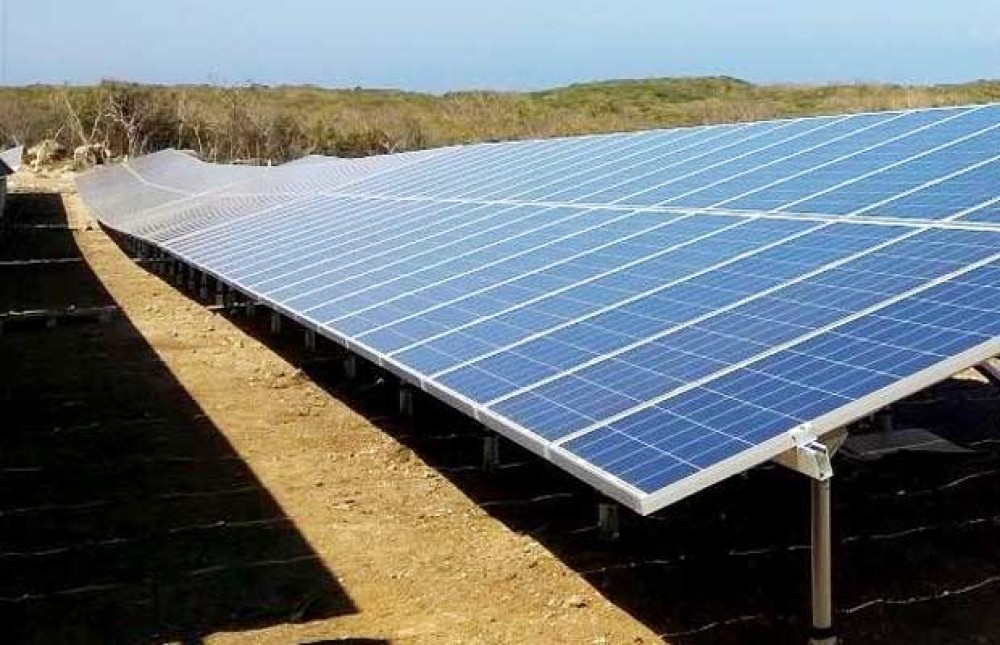
The phrase “utility-scale solar” is heard so frequently in discussions about renewable energy that it comes as a bit of a shock when one realizes that there is no commonly accepted definition as to what size constitutes “utility-scale."
The phrase “utility-scale solar” is heard so frequently in discussions about renewable energy that it comes as a bit of a shock when one realizes that there is no commonly accepted definition as to what size constitutes “utility-scale."
If you don’t believe it, a quick Google search reveals a staggeringly wide range of definitions, from greater than 25 kilowatts to greater than 50 megawatts, a difference of several orders of magnitude.
If it’s difficult to agree on the size of a utility-scale solar facility, perhaps it’s easier to agree on the shape. A utility-scale solar facility is one which generates solar power and feeds it into the grid, supplying a utility with energy. Virtually every utility-scale solar facility has a power purchase Agreement (PPA) with a utility, guaranteeing a market for its energy for a fixed term of time. (For more, check out the GTM article “Anatomy of a Utility-Scale PPA.”)
That is where the similarities between facilities end. There was a time when the dominant paradigm in America was to build solar facilities on previously unused desert lands. While this is still occurring, more and more facilities are being built on abandoned agricultural lands, like in the solar boom town of Gila Bend, Arizona. A few years ago, one might have said that they tend to be sited in remote locations, but that’s also no longer true. Recurrent Energy’s innovative Sunset Reservoir project in San Francisco is a 5-megawatt solar facility built on top of an enclosed reservoir in the heart of one of America’s biggest cities.
Which brings us to the issue of size. When utility-scale solar burst onto the scene in the middle part of the last decade, people would have scoffed at the idea of a 5-megawatt project like Recurrent’s qualifying as “utility-scale.”
Many definitions put forth at that time, such as the definitive piece of academic research into the late 2000s solar boom in California, the University of Michigan’s Renewable Energy in the California Desert report, used 50 megawatts as a threshold for utility-scale. That number is largely based on the rush of applications at that time to develop truly huge facilities, like the famous (can we begin calling it infamous yet?) 377-megawatt Ivanpah SEGS near the California/Nevada border. Given the tremendous permitting difficulties experienced by facilities like Ivanpah, some pundits have foretold the coming end of utility-scale solar at such sizes.
More recent definitions are of a much more modest size. The Solar Energy Industries Association, the leading trade group for solar developers, defines utility-scale solar [PDF] as greater than 1 megawatt. Project developer Borrego Solar agrees, while developer SunPower sells solar modules at a minimum size of 1.5 megawatts.
Not everyone goes so low: in a recent report [PDF], the National Renewable Energy Laboratory rather arbitrarily chose a 5-megawatt threshold; while the booster-ish website Wiki-Solar chose a 10-megawatt threshold.
So we’ve determined that different entities claim different minimum size thresholds for utility-scale solar projects. But perhaps it’s equally instructive to attempt to define what a utility-scale project is not.